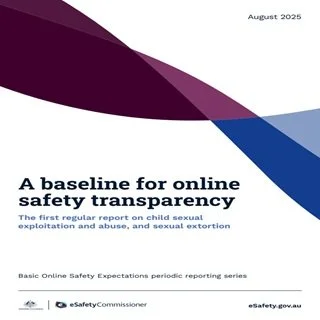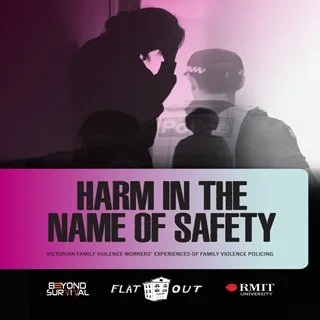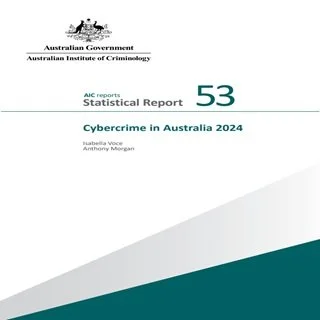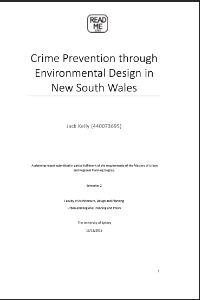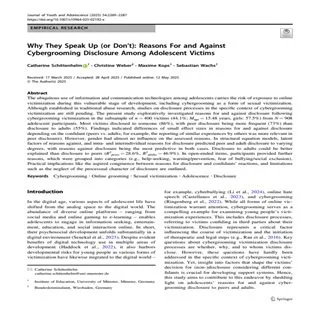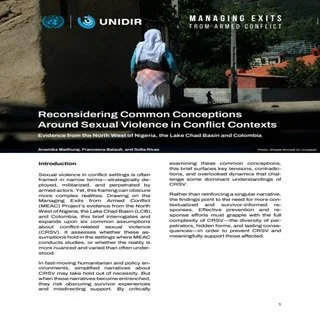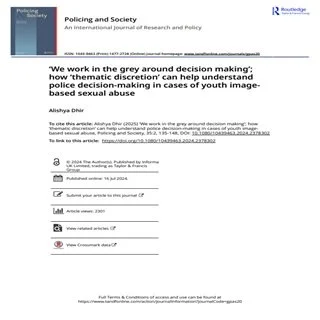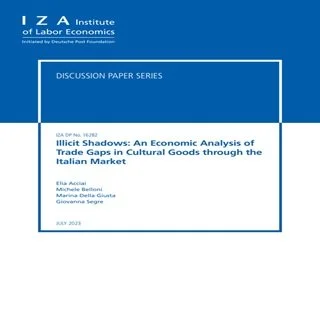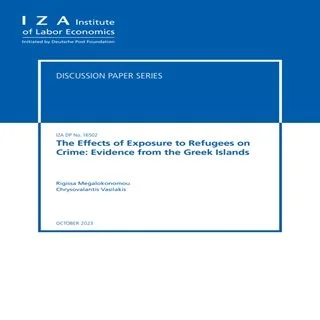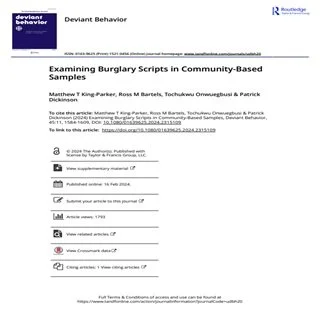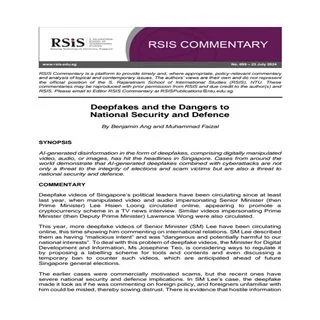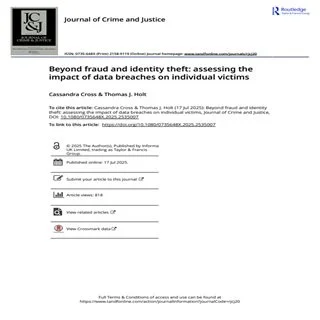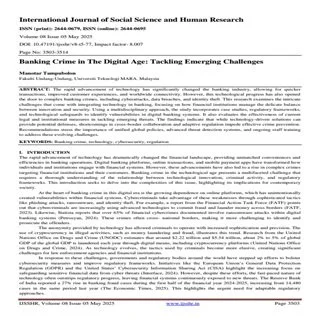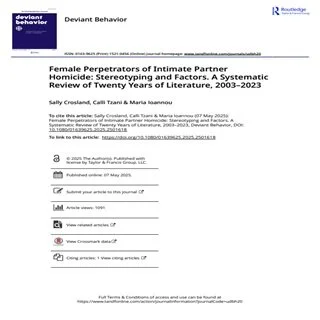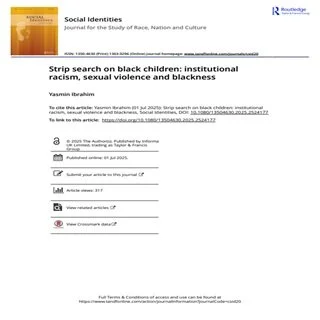By Whitney Bragagnolo, Yanei Lezama
Sextortion, a distinct form of sexual misconduct intersects with both sexual violence and corruption. Within the sphere of sport, marked by inherent power diferentials and hierarchical structures, cases of sexual abuse and corruption persist, with sextortion emerging as a concerning manifestation of these pervasive issues. While sextortion shares commonalities with other forms of sexual abuse, such as harassment and assault, a distinguishing feature lies in how coercion is leveraged through authority or power imbalances. Unlike more overt forms of abuse, sextortion often involves subtle or implicit threats, where compliance is sought in exchange for perceived privileges or opportunities within the sporting environment. Leveraging Institutional Theory and Applied Ethics, this study aims to provide a comprehensive exploration of sextortion in sport. Despite increasing awareness, research on sextortion in sport remains limited. Previous studies lack data specifc to this elusive misconduct, primarily relying on empirical data related to sexual abuse. This study represents the first empirical investigation into sextortion in sport, drawing on data collected from 49 countries and endeavours to quantifiably communicate the scale of sextortion. Through data analysis of over 500 elite athletes, community sport practitioners, and sport industry professionals aged 17 and above, the research sheds light on experiences related to abuses of entrusted power for sexual gain. Results found 20% (n=96) of global respondents experienced sextortion, including 37 minors at the time of the incident, encompassing diverse genders, abilities, and identities. Sextortion was identified across 41 of the 49 surveyed nationalities and within 19 of 26 sport categories from grassroots to elite levels. This research deepens the understanding of sport-related sextortion and underscores the importance of addressing this pervasive issue through further theoretical and empirical inquiry. It emphasises the critical role of good governance, clear safeguarding protocols, increased awareness of power dynamics, consent, and the importance of diverse regional data in effectively combating sextortion in the sporting domain.
Crime, Law and Social Change (2025) 83:13



